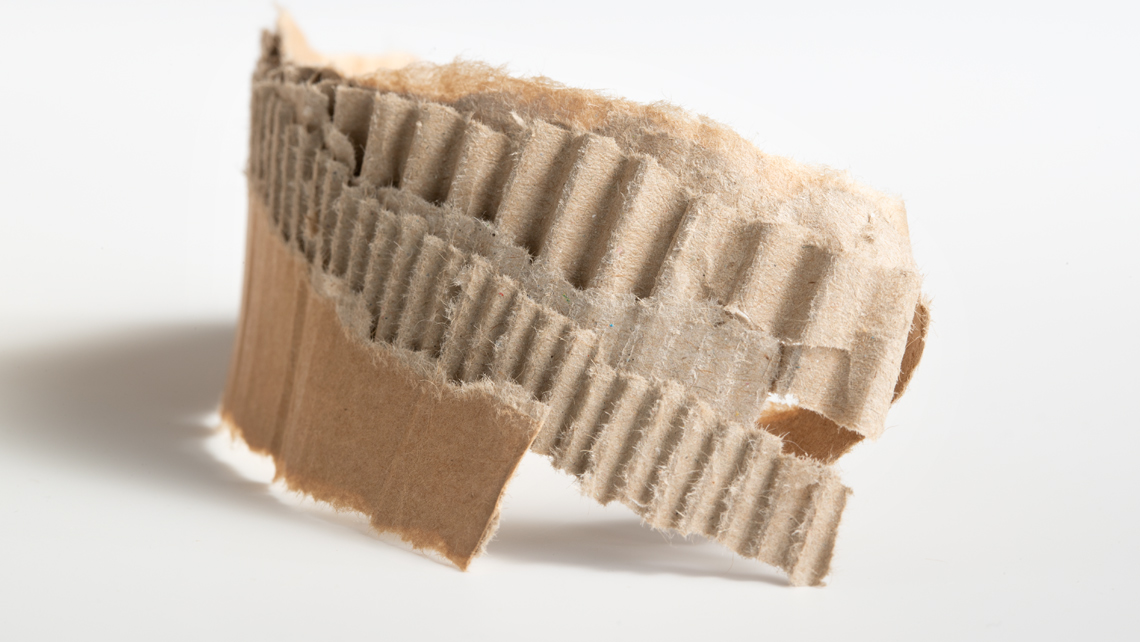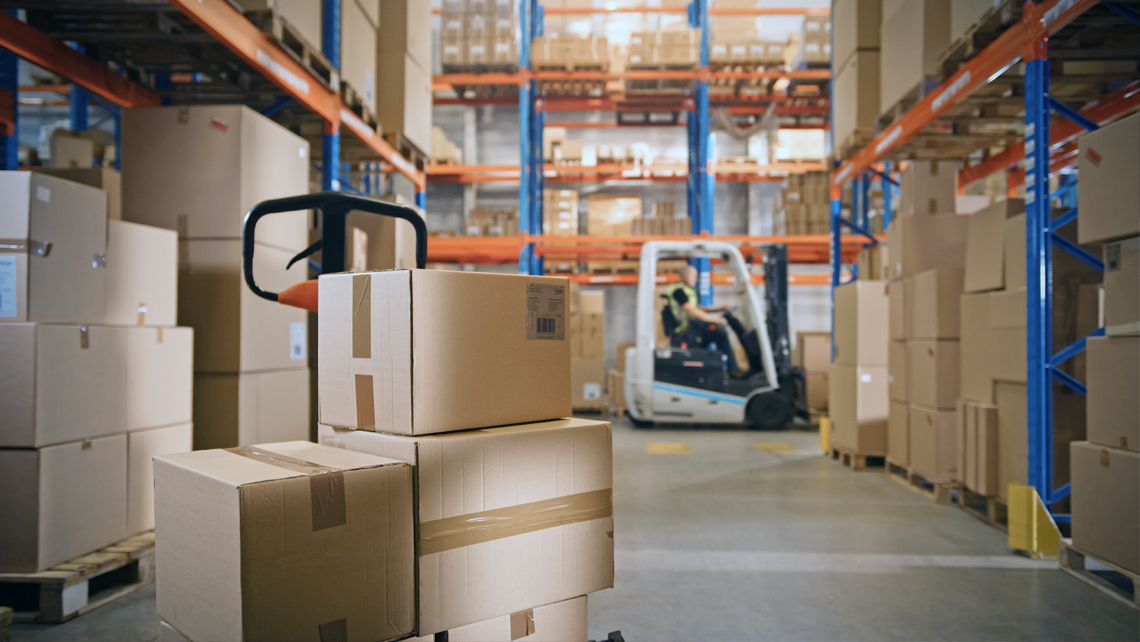Containerboard machines that use recycled fiber (RCF) typically have high microbial activity. Recycled fiber contains impurities and contaminants, and in addition, high amounts of starch, which is an excellent energy source for the bacteria. Together with the large quantities of water recycled through the RCF process, the circumstances are excellent for microbial growth.
“Microbial activity can cause a variety of process issues that impact production efficiency, runnability and end-product quality, such as pH depression, high conductivity in process water or odor issues and high COD loads. Up until now, it has been unknown which bacterial species specifically are causing the worst problems. All bacteria are not equal, and if you don’t know who the troublemakers are, you cannot get rid of them effectively,” Jaakko Ekman, Principal Scientist at Kemira Research & Innovation points out.
Kemira has now developed an innovative approach to microbial control for recycled board. Based on DNA analysis methods, our researchers have created unique tools to identify and quantify the different bacteria and predict their impact in the papermaking process – to catch the real troublemakers of the recycled board production.
Kemira researchers have created unique tools to identify and quantify the different bacteria and predict their impact in the papermaking process.
“The traditional methods fail to provide all the relevant information about the process health,” Anu Jaakkola, Senior Research Scientist, Innovative Fibers at Kemira R&I says.
The effectiveness of microbe control is typically monitored at the mill site with quick measurements that show e.g. the reduction of pH or the increase of conductivity in the process, but they only give a snapshot of the process status right now. Cultivation methods provide information on the microbiological status and bacterial count in the process, but when it comes to recycled fiber, they fall short.
“The challenge is that not all bacteria cause problems for the papermaker – there are good guys as well. So, the total bacterial count can be high even if the process is running well. And what’s more, most of the bacteria that play a role in RCF processes cannot be detected by traditional methods”
As all microbial cells contain DNA, the tools that are based on DNA analysis help identify all the different bacteria in the microbe community. “The community structure, meaning the share of different bacterial species and groups in the process, provides more insight into the process health and ensures microbe control that meets the machine specific circumstances and challenges,” Jaakkola states.
From microbe control to microbe community control
The new approach is a shift from traditional microbe control to smarter and more sophisticated microbe community control. It enables targeted treatment against identified problem-causing bacteria in the recycled board production.
The approach is based on a pioneering research. Kemira analyzed hundreds of samples from 40 recycled containerboard machines in 15 different countries to create an understanding of the microbe community present in RCF processes.
“This revolutionized our knowledge about the microbiology in the paper machines using recycled fibers. We identified over 40 million individual bacteria from these samples. Based on the research and our existing expertise in microbiology and paper machine microbial control, we grouped the bacteria based on the type of problems they can cause,” Anu Jaakkola shares.
Pioneering research revolutionized our knowledge about the microbiology in the paper machines using recycled fibers.
The power of the new tools has been demonstrated at a mill site. A recycled board mill started new biocide treatment with good results: the process was more stable, and the mill was able to reduce washing breaks and boil-outs and save on process chemistries. But the improved process conditions were not reflected in the bacterial count that was measured from the process by cultivation.
“It proves that the traditional methods are not really monitoring the right things when it comes to recycled board. Analysis with the DNA tools showed the clear impact that the biocide treatment had on the amount of harmful anaerobic bacteria in the microbe community. At the same time, diversity of bacteria and the relative proportion of aerobic bacteria increased,” Jaakko Ekman explains.
“With this level of detail, the performance of the microbe control program for recycled board can be monitored and adjusted more precisely, and biocide treatment can be applied more effectively.”
Targeted, cost-efficient microbe control
In addition, the increased visibility of the process microbiology allows proactivity and makes it possible to predict where the process health is going by continuously monitoring the microbe community structure.
“Action can be taken when a set quantity threshold e.g. for strongest acid producers, cellulose degraders or slime formers is reached in the process, not only after real process issues have emerged,” Anu Jaakkola highlights.
The improved understanding of microbiology at recycled board mills has also shed light on some of the typical challenges in RCF processes. Recycled board mills tend to have occasional difficulties to reach the desired strength properties in the final board and need to use a lot of starch to achieve their targets.
“Microbial activity, more precisely cellulose degradation caused by cellulolytic bacteria in the water circuit, can contribute to this variation in RCF liner strength,” Jaakko Ekman says. Results both from a lab study and a mill trial show that the different strength properties improve when the amount of certain cellulolytic bacteria decreases.
“By controlling the bacteria that have the potential to reduce fiber strength, the mill can prevent high peaks of cellulase activity and mitigate strength issues,” Ekman concludes.
We can serve board mills globally with this new service, reaching literally any part of the world.
The samples for DNA analysis can be chemically preserved and stay stable for up to one month. The cultivation samples typically need to be processed within a day, which limits the possibilities for sending the samples from the mill for closer studies.
“This means we can serve recycled board and paper mills globally with this new service, reaching literally any part of the world,” Anu Jaakkola says.

